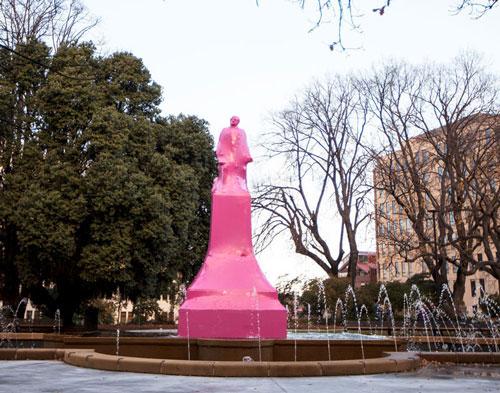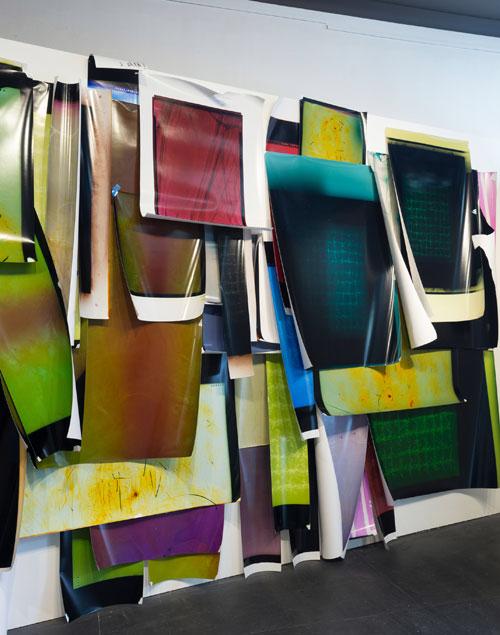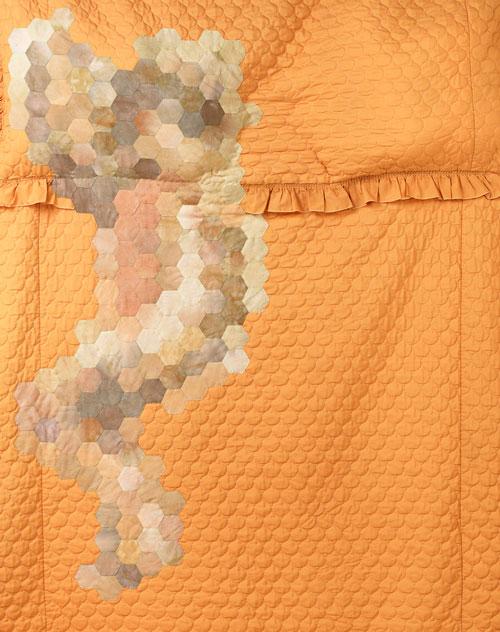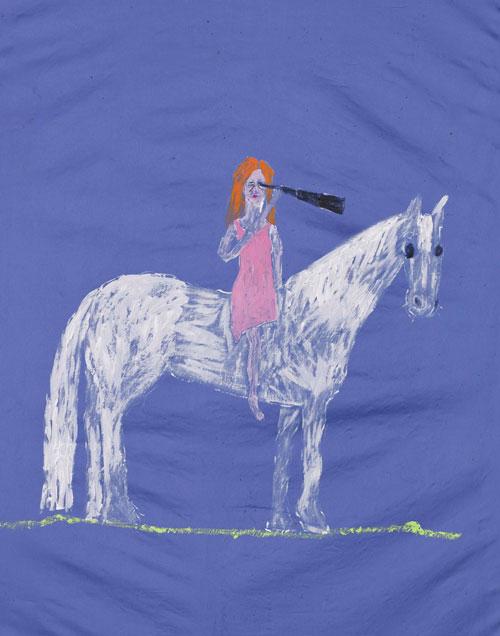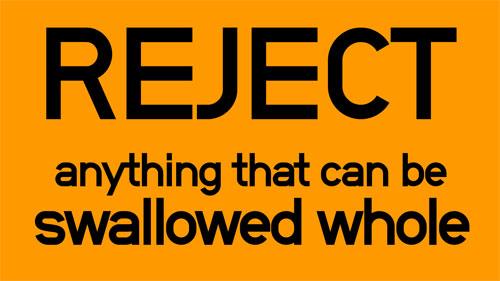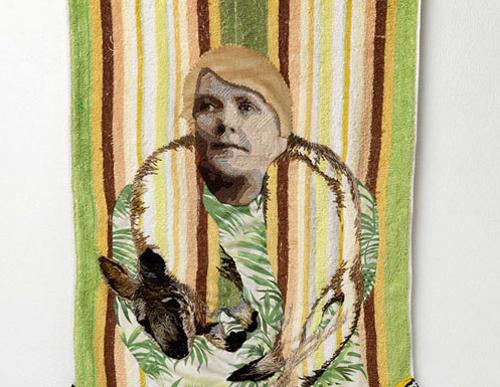Performance and role-play in recent feminist video
Feminist video largely came into its own in the midst of second wave feminism in the 1970s. Incubated in the milieu of Fluxus, happenings and actions of the preceding decade, its context included performance works like Yoko Ono’s provocative Cut Piece (1965) and the more outrageous Action Pants: Genital Panic (1969) by VALIE EXPORT. These and other female performances were to shape the future of feminist art practice by predicating the female body as the site of contested issues. On the streets the slogan “the personal is the political” rallied women to action in an era of bra-burning activism. Women were protesting their lack of rights over their own bodies on issues such as abortion and the laws that were being made on their behalf by the patriarchy of Church and State.


